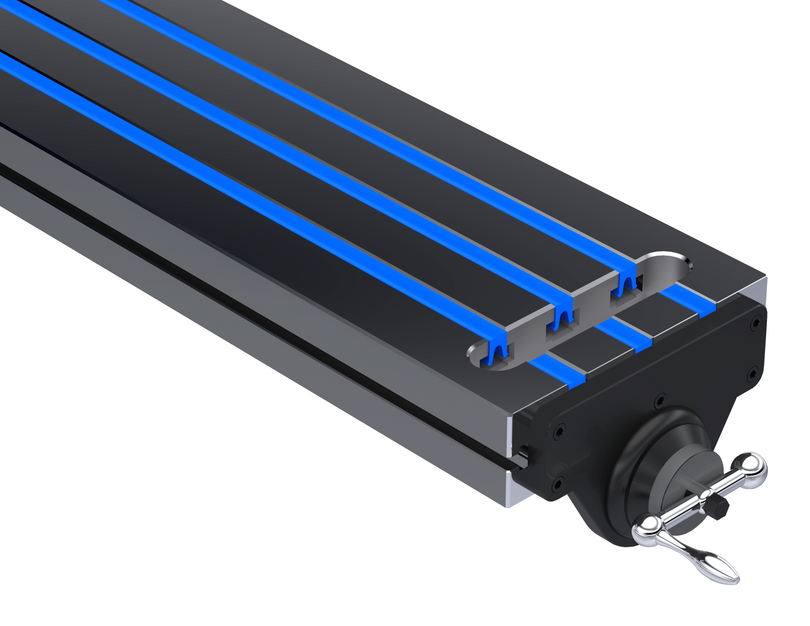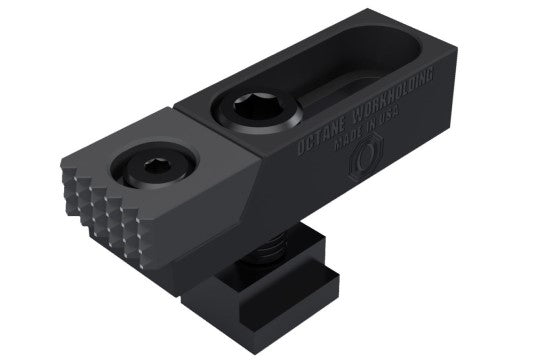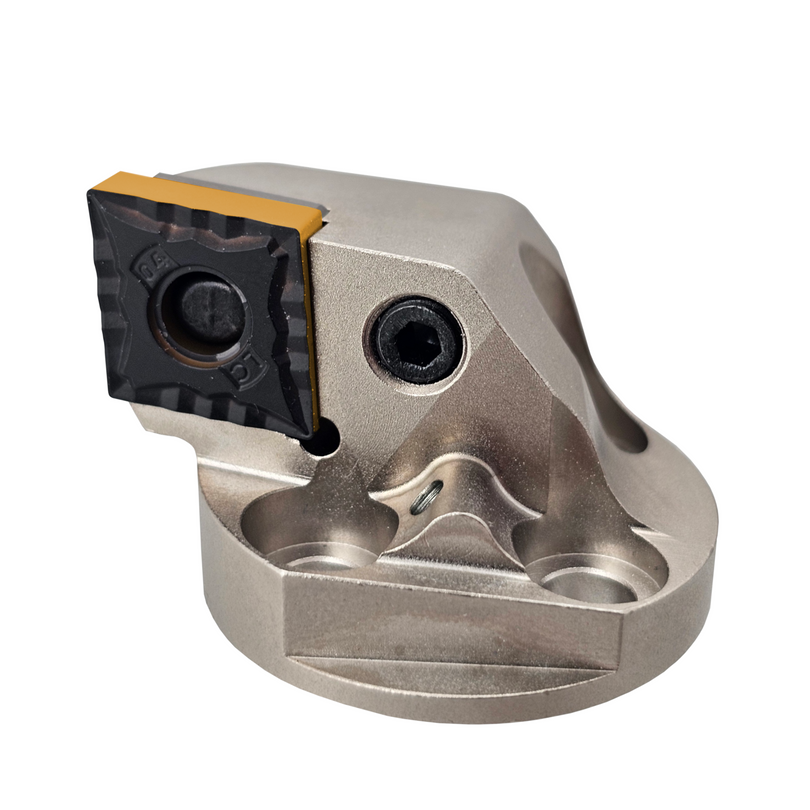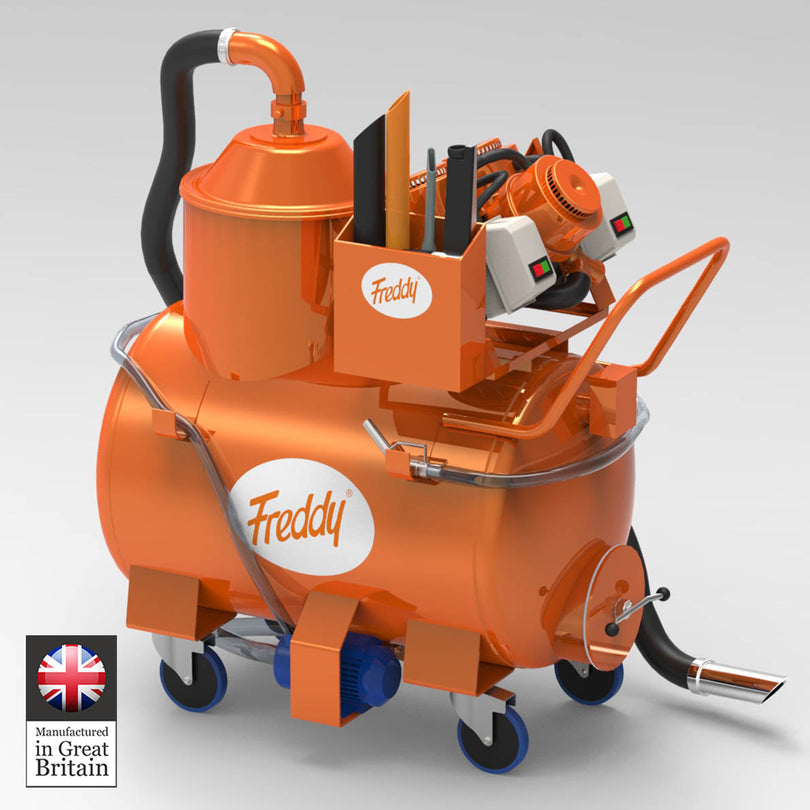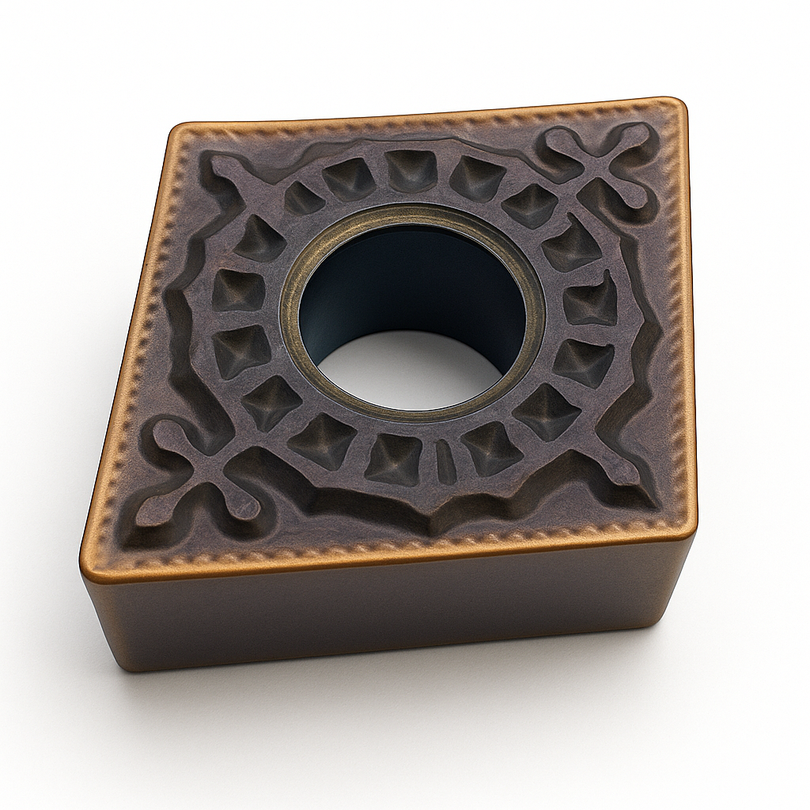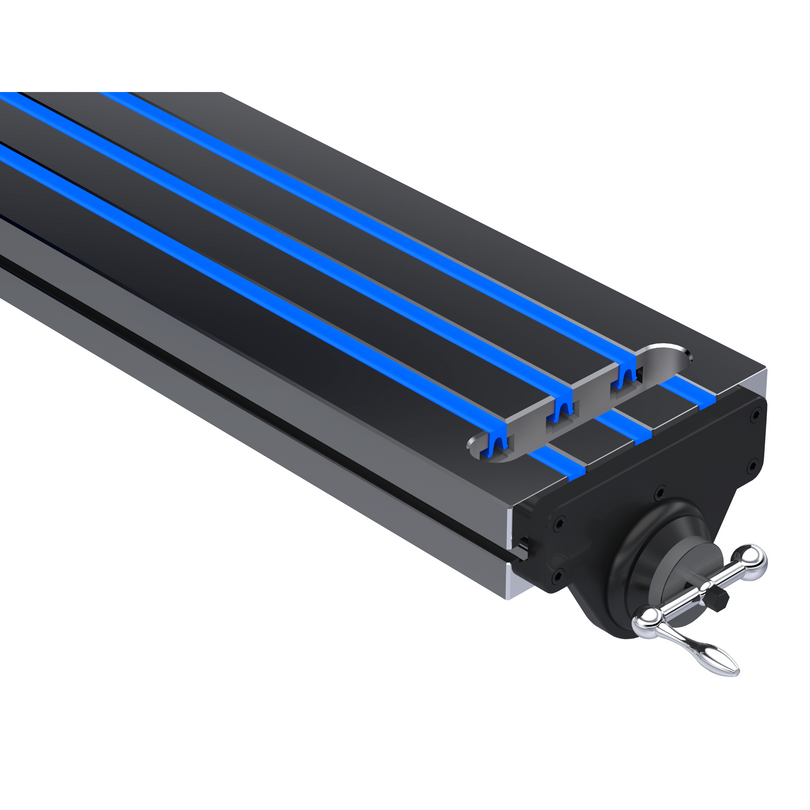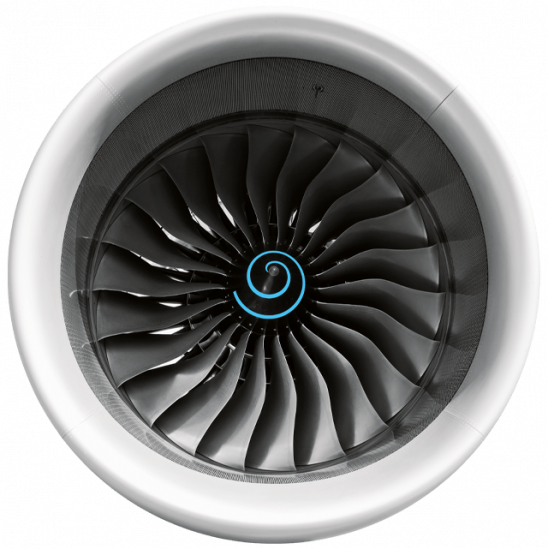Properly maintaining coolant can provide many benefits. Improved surface finishes, decreased wear on moving parts, prolonged seal life, and a healthy work environment to name a few. Anyone who has worked around dirty coolant can describe the smell, and possibly the skin irritation. This video provides an overview of the steps we carry out when doing a full machine clean and sump recharge.
Coolant can be sustained almost indefinitely with some attention now and then. Filtering regularly, removing surface oils, and monitoring concentration levels are all ways to prevent serious downtime. A shop with several machines can lose a lot of time when machines go down. One great way to instantly improve the quality of your coolant is to add basic filtration. We like to use washable filters where coolant is returned to the tank, this helps prevent large debris from ever entering. They are a low cost solution that just works.

High pressure thru spindle coolant requires even more filtration, bag filters or cyclone filtration are a common way to prevent harm to these style pumps. In our experience, the more filtration you apply the better the results. Mills especially can benefit, imagine fine abrasive particles passing through the spindle continuously, not good.
We recently added a Freddy coolant recycling vacuum to our regular maintenance schedule. We use Freddy to filter the entire sump through a 10 micron filter after every large or dirty job. Machining Steel, Cast Iron, even Aluminum and Stainless can dirty your coolant quickly. The scale and microscopic particles become part of the coolant and act like a liquid file. The debris causes additional tool wear and dulls surface finishes. Anyone who has spent days cleaning out a large coolant tank can appreciate the convenience of a Freddy. Freddy Products LTD is great company that supports manufacturing. They are working to reduce the amount of oil thrown away everyday by recycling coolant to extend its life.

We are often asked how to improve surface finish results. Brilliant surface finishes are a combination of the right tools and the right coolant. It may seem like a lot of trouble to go through for pristine coolant and its true, but the cost of neglecting coolant is actually higher. When things get so bad that the oil becomes a gel, the machinery has to stop production for at least a day. Having multiple machines to maintain compounds the issue. Every single part that comes off the machine is less brilliant than it could have been as well. Our signature is the quality of our work. Uncompromising quality is everything in this industry, we are only as good as our last part.
Belt skimmers can remove tramp oil but they do little to circulate coolant. Coolant that begins to smell is often caused by the sump sitting for weeks or months on end without use. Just like a pond with no water source, coolant tanks go stagnant. A great way to prevent this is to keep the coolant moving. We use a Nexjen technologies coalescer which uses a pump to circulate coolant continuously. Coolant, tramp oil, and particulate moves into an oil separation chamber. The clean coolant is then returned to the sump via gravity. Another great way to keep coolant moving is to add a bubbler, the bubbles are not quite as effective at circulating the coolant but they definitely help on a smaller sump. Not everyone uses flood coolant everyday, if you can manage with minimum quantity lubrication that is a great alternative, especially on open machines. Remembering to run the coolant pumps periodically helps a lot if you utilize both.
Oil that separates can cause a series of issues. If you are reading this article you are probably very familiar. One of the worst is sticky surfaces, separated oil can actually end up on your guideways and make your machine feel rough as it rapids. Collets, toolholders, tapers, sticky coolant oil can make a real mess of things. Some tools end up so sticky that it takes a hammer to remove and abrasives to clean up. Tools should be disassembled, cleaned, and their values restored if they have gotten to that point. Fresh coolant means a clean slate, it is never too late to start a maintenance schedule.

Not all water is ideal, it is possible for your water to be too clean, or vice versa. Deionized water can actually be too clean which can lead to issues such as foaming, and etching of metals. It is important to work with your coolant oil provider to choose a solution that works with your water. They may recommend you do the initial fill with tap water for the added minerals. It may be necessary to use distilled water, ask the question. If they don't have an answer or a recommendation contact us and we will help you find someone who does. A water sample may be needed to determine, but if purchasing water can be avoided that is a great thing.
The steps we carry out for a full sump cleanout are as follows.
1.Use coolant to wash down the interior of the machine, this is a great way to break down most built up oil clinging to the ceiling etc. We normally do this the night before scheduled maintenance which allows time for the machine to dry.
2.We wipe down the interior and exterior of the machine with Simple Green on painted surfaces and WD-40 on bare metal.
3.Remove all coolant from the tank, coolant lines, pumps, and auxiliary filters.
4.Clean the tanks, conveyors, or additional equipment thoroughly removing all fine debris.
5.Fill the sump with enough Alkaline cleaner (1-3% concentration) for the pumps to function properly, circulate the solution through the entire system. Every pocket, port, pump, and peripheral for several hours. This will break down years of blockages, this is a cleanse for your entire system. You should notice your coolant pumps turn on and off more crisply, and flow is increased.
6.Remove all traces of the cleaning solution, we do not want this mixing with the final coolant.
7.Mix a 1-3% solution of your coolant of choice, just enough for the pumps to circulate and wash away any residual alkaline solution.
8.Remove the coolant solution and any traces of the cleaning solution along with it.
9.Mix the new batch of coolant to your desired concentration, remember OIL (Oil in last). We normally maintain 8-10% for machining Stainless Steel and Superalloys. 5-7% is good for general use, high concentrations require additional care as evaporated water can quickly increase concentrations. It is important to determine the refractometer reading is actually correct, not all coolants have a concentration reading that coincides with the refractometer reading.
10.Ensure all lines are connected and the tank is in place, nothing like adding coolant to the floor..
11.Fill the tank by pouring directly into the machine, much easier than adding to the tank itself.
12.Try not to let the coolant get to the point where it requires all of these steps. Nothing lasts forever, but it is not uncommon to get over a year of use out of a batch of coolant. With regular filtering and tramp oil removal, much longer life can be experienced. Try to always replenish the coolant supply with the right percentage of mixed coolant to reach the desired concentration. Adding straight water can cause a host of issues with some coolants. Having mixed coolant routed directly to each machine is a great way to stay on top of coolant maintenance. Many shops are moving toward that type of setup with automatic mixing pumps. Streamlining processes which eliminate intervention is a big step toward lights out manufacturing.
Ultimately, it is important to work with your coolant manufacturer of choice on what your individual needs are. We are testing out QualiChem 251C currently as it recently won a poll we hosted for top coolant recommendations. This article will be updated with our honest opinion after putting it through the paces.
Thanks for reading, we hope you found this article helpful. Feel free to contact us at any time for support, we want to see you succeed!

